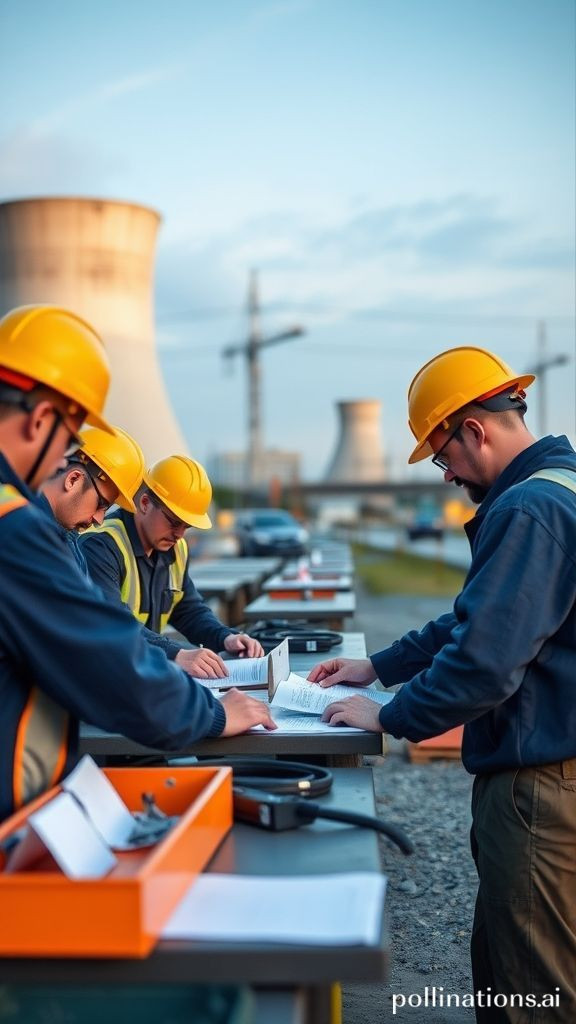
Workforce key to nuclear program
Workforce key to nuclear program

Fueling the Future Workforce Key to Philippines' Nuclear Program Success
The success of the Philippines' nuclear energy program hinges on its workforce, according to Energy Secretary Sharon Garin. In her keynote speech at the 2025 Philippine International Nuclear Supply Chain Forum, Garin emphasized that while infrastructure, technology, and regulatory frameworks are essential components of a nuclear program, it is ultimately the people who will ensure its safe, secure, and sustainable implementation.
The Critical Role of Workforce Development
Garin stressed that workforce development is not only a component of the nuclear energy program but also a national imperative. It signifies the country's commitment to empower Filipinos with world-class skills and open pathways for meaningful participation in the global nuclear industry. By building a skilled workforce, the Philippines can achieve an energy-secure future while also fostering a more inclusive and competitive economy.
Government-Led Initiatives
The Nuclear Energy Program Inter-Agency Committee (NEP-IAC), led by the Department of Energy (DOE), is developing a national policy on nuclear energy and conducting a pre-feasibility study for adding nuclear power to the country's energy mix. The committee has formed subcommittees to address 19 infrastructure issues outlined by the International Atomic Energy Agency, covering safety, regulation, funding, and human resources.
Private Sector Support A Vital Component
The private sector is also playing a crucial role in supporting the program. For example, Manila Electric Co. (Meralco) is sending scholars abroad to study nuclear engineering through its Filipino Scholars and Interns on Nuclear Engineering initiative. This type of support will be essential in developing a skilled workforce that can drive the country's nuclear energy program forward.
Targeted Capacity and Timelines
The DOE aims to achieve operational nuclear power by 2032, targeting an initial capacity of 1,200 megawatts (MW) and expanding to 4,800 MW by 2050. To achieve this goal, feasibility studies are being conducted for the rehabilitation of the abandoned Bataan Nuclear Power Plant and other site evaluations are underway. The deployment of Small Modular Reactors is also being considered, as well as establishing regulatory bodies to gain public trust and promote safe operation.
Conclusion
In conclusion, the success of the Philippines' nuclear energy program depends on its workforce. By developing a skilled and knowledgeable workforce, the country can achieve an energy-secure future while also fostering economic growth and inclusivity. With government initiatives and private sector support in place, the Philippines is well-positioned to become a major player in the global nuclear industry.
Key Takeaways
Workforce development is crucial for the success of the Philippines' nuclear energy program.
The government and private sector are working together to develop a skilled workforce.
Feasibility studies are being conducted for the rehabilitation of the abandoned Bataan Nuclear Power Plant.
Small Modular Reactors are being considered as a potential source of power.
Keywords nuclear energy, workforce development, Philippines, energy security, economic growth.






